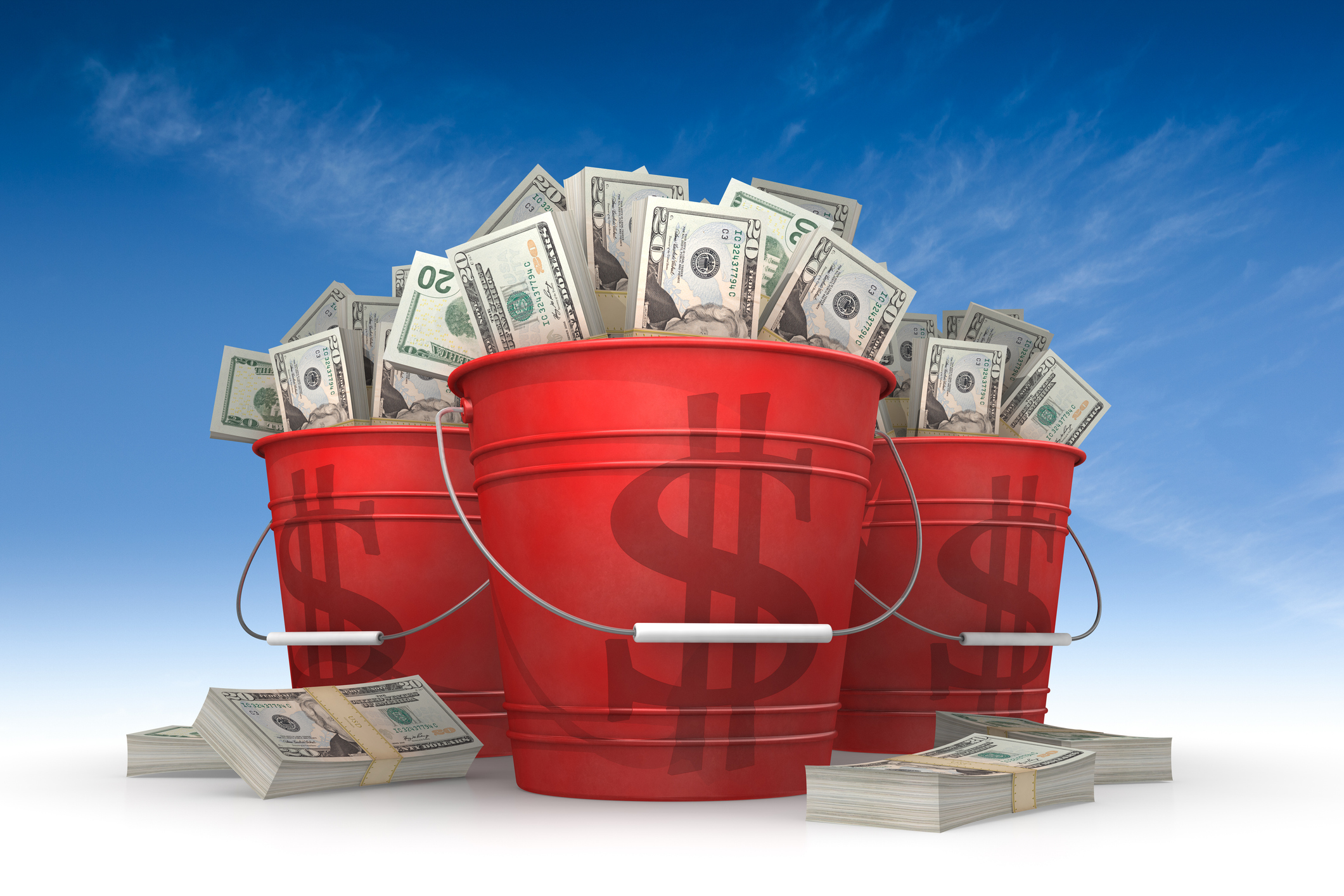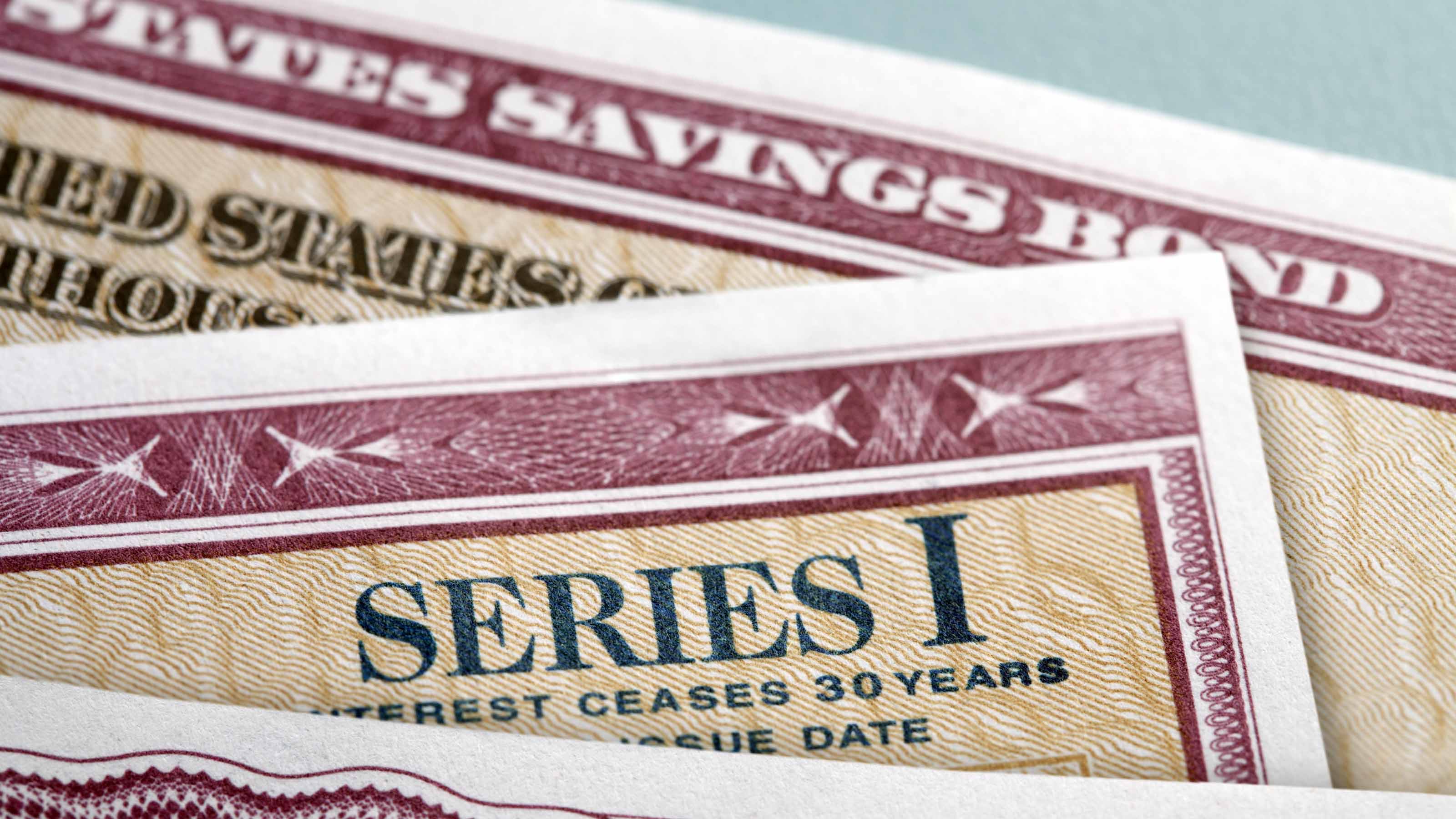How Many Retirement ‘Tax Buckets’ Do You Have?
Diversifying retirement savings account types can lead to more significant tax benefits and flexibility in retirement.


You’ve probably heard about a popular strategy for retirement planning: tax diversification. This involves spreading your savings across accounts with different tax treatments, known as “tax buckets.” The tax bucket system can help you minimize your tax liability and provide greater flexibility in managing retirement withdrawals.
So, do you have your money in a single tax bucket, like a traditional retirement savings account? If so, here’s more of what you need to know about having more than one tax bucket.
Taxes in retirement: Understanding ‘tax buckets’
The first thing to know is that tax buckets categorize retirement accounts based on their tax treatment. But these “buckets” are not the same as different investments you may have (e.g., stocks, bonds, etc.). That said, here are three primary types of tax buckets.
From just $107.88 $24.99 for Kiplinger Personal Finance
Become a smarter, better informed investor. Subscribe from just $107.88 $24.99, plus get up to 4 Special Issues

Sign up for Kiplinger’s Free Newsletters
Profit and prosper with the best of expert advice on investing, taxes, retirement, personal finance and more - straight to your e-mail.
Profit and prosper with the best of expert advice - straight to your e-mail.
Taxable (‘after-tax’) accounts
You make contributions to these accounts with after-tax dollars. The earnings on these investments, like interest, dividends, and capital gains, are taxable in the year they're realized.
Examples of taxable accounts include brokerage accounts, bank accounts (e.g., checking and savings), CDS, money market accounts, etc.
Tax-deferred accounts
Contributions to these accounts are typically tax-deductible, reducing your taxable income for the year. However, taxes are owed on contributions and earnings when you withdraw the money in retirement.
Traditional IRAs, 401(k)s, and 403(b)s are some examples of tax-deferred accounts.
Tax-free accounts
Contributions are made with after-tax dollars, meaning there is no immediate tax benefit. However, qualified withdrawals during retirement are tax-free, providing notable tax-free growth potential.
Some examples include Roth IRAs and Roth 401(k)s.
Benefits of tax diversification in retirement
Tax diversification can help you manage your tax liability more effectively in retirement. By having money in different types of accounts (tax buckets), you can strategically withdraw funds, which can minimize your overall tax burden.
For instance, in years when your income is higher, you might prioritize withdrawing from tax-free accounts to avoid being pushed into a higher federal income tax bracket. Additionally, a diversified approach can offer greater flexibility with your withdrawal strategy.
- For example, you might start by drawing from taxable accounts to allow tax-deferred and tax-free accounts to grow.
- Or maybe you’ll mix withdrawals based on your tax situation and financial needs.
That flexibility can help you manage your taxable income, and lower taxable income can translate into reduced taxes. Consider this simplified example.
Let’s say fictional retirees Beth and Kane each need $40,000 a year for living expenses. Beth has retirement savings in a single traditional IRA totaling $500,000 (one tax-deferred bucket). Kane, on the other hand, has diversified retirement savings across three buckets: traditional IRA: $250,000 (tax-deferred bucket), Roth IRA: $150,000 (tax-free bucket), and taxable brokerage account: $100,000 (after-tax bucket).
- Based on that example, Beth would generally need to withdraw $40,000 from the traditional IRA each year, which would be taxable as ordinary income. That could potentially push Beth into a higher federal income tax bracket.
- Meanwhile, Kane could strategically withdraw the $40,000 a year from different tax buckets. For instance, based on this example, $20,000 from the traditional IRA (taxable bucket), $10,000 from the Roth IRA (tax-free bucket), and $10,000 from the taxable bucket (the gains are taxed but often at lower capital gains tax rates).
Using this scenario, only $20,000 of Kane’s withdrawals would be fully taxable at ordinary rates, compared to $40,000 for Beth. Kane could adjust withdrawals to potentially stay in a lower tax bracket and use the Roth or taxable account to reduce taxes in high-income years.
RMDs
Remember that tax-deferred retirement savings accounts, like traditional IRAs and 401(k)s, generally require you to take required minimum distributions (RMDs) starting at age 73. These distributions are taxed as ordinary income and can increase your tax liability.
- Having some of your savings in tax-free accounts can reduce the impact of RMDs on your overall tax situation.
- As Kiplinger has reported, as of 2024, RMDs are no longer required for designated Roth 401(k) accounts.
- Inherited IRAs have different rules governing required minimum distributions.
Estate planning note: Tax-free accounts like Roth IRAs can be helpful since beneficiaries can inherit these accounts without incurring income tax on the distributions.
Tax buckets: Bottom line
Creating a tax-efficient retirement portfolio generally involves strategically balancing your contributions across taxable, tax-deferred, and tax-free accounts.
This approach could save you money for living expenses, healthcare, travel, etc. However, if you're not sure about how to minimize your tax liability or the best way to diversify your retirement savings, get guidance from a trusted and qualified financial or tax planner.
Related
Profit and prosper with the best of Kiplinger's advice on investing, taxes, retirement, personal finance and much more. Delivered daily. Enter your email in the box and click Sign Me Up.

Kelley R. Taylor is the senior tax editor at Kiplinger.com, where she breaks down federal and state tax rules and news to help readers navigate their finances with confidence. A corporate attorney and business journalist with more than 20 years of experience, Kelley has covered issues ranging from partnerships, carried interest, compensation and benefits, and tax‑exempt organizations to RMDs, capital gains taxes, and income tax brackets. Her award‑winning work has been featured in numerous national and specialty publications.
-
 I'm want to give my 3 grandkids $5K each for Christmas.
I'm want to give my 3 grandkids $5K each for Christmas.You're comfortably retired and want to give your grandkids a big Christmas check, but their parents are worried they might spend it all. We ask the pros for help.
-
 If You're Not Doing Roth Conversions, You Need to Read This
If You're Not Doing Roth Conversions, You Need to Read ThisRoth conversions and other Roth strategies can be complex, but don't dismiss these tax planning tools outright. They could really work for you and your heirs.
-
 Could Traditional Retirement Expectations Be Killing Us?
Could Traditional Retirement Expectations Be Killing Us?A retirement psychologist makes the case: A fulfilling retirement begins with a blueprint for living, rather than simply the accumulation of a large nest egg.
-
 5 Types of Gifts the IRS Won’t Tax: Even If They’re Big
5 Types of Gifts the IRS Won’t Tax: Even If They’re BigGift Tax Several categories of gifts don’t count toward annual gift tax limits. Here's what you need to know.
-
 The 'Scrooge' Strategy: How to Turn Your Old Junk Into a Tax Deduction
The 'Scrooge' Strategy: How to Turn Your Old Junk Into a Tax DeductionTax Deductions We break down the IRS rules for non-cash charitable contributions. Plus, here's a handy checklist before you donate to charity this year.
-
 Are You Middle-Class? Here's the Most Tax-Friendly State for Your Family
Are You Middle-Class? Here's the Most Tax-Friendly State for Your FamilyTax Tips We found the state with no income tax, low property tax bills and exemptions on groceries and medicine.
-
 Social Security Benefits Quiz : Do You Know the IRS Tax Rules?
Social Security Benefits Quiz : Do You Know the IRS Tax Rules?Quiz Social Security benefits often come with confusing IRS tax rules that can trip up financially savvy retirees and near-retirees.
-
 How Are I Bonds Taxed? 8 Common Situations to Know
How Are I Bonds Taxed? 8 Common Situations to KnowBonds Series I U.S. savings bonds are a popular investment, but the federal income tax consequences are anything but straightforward.
-
 Capital Gains Tax Quiz: How Well Do You Really Know IRS Investment Tax Rules?
Capital Gains Tax Quiz: How Well Do You Really Know IRS Investment Tax Rules?Quiz Take our capital gains tax quiz to test your investment taxes knowledge. Learn about loss rules, holding periods, and tax incentives that could impact your savings.
-
 6 Tax Reasons to Convert Your IRA to a Roth (and When You Shouldn't)
6 Tax Reasons to Convert Your IRA to a Roth (and When You Shouldn't)Retirement Taxes Here’s how converting your traditional retirement account to a Roth IRA can boost your nest egg — but avoid these costly scenarios.
-
 Could Tax Savings Make a 50-Year Mortgage Worth It?
Could Tax Savings Make a 50-Year Mortgage Worth It?Buying a Home The 50-year mortgage proposal by Trump aims to address the housing affordability crisis with lower monthly mortgage payments. But what does that mean for your taxes?